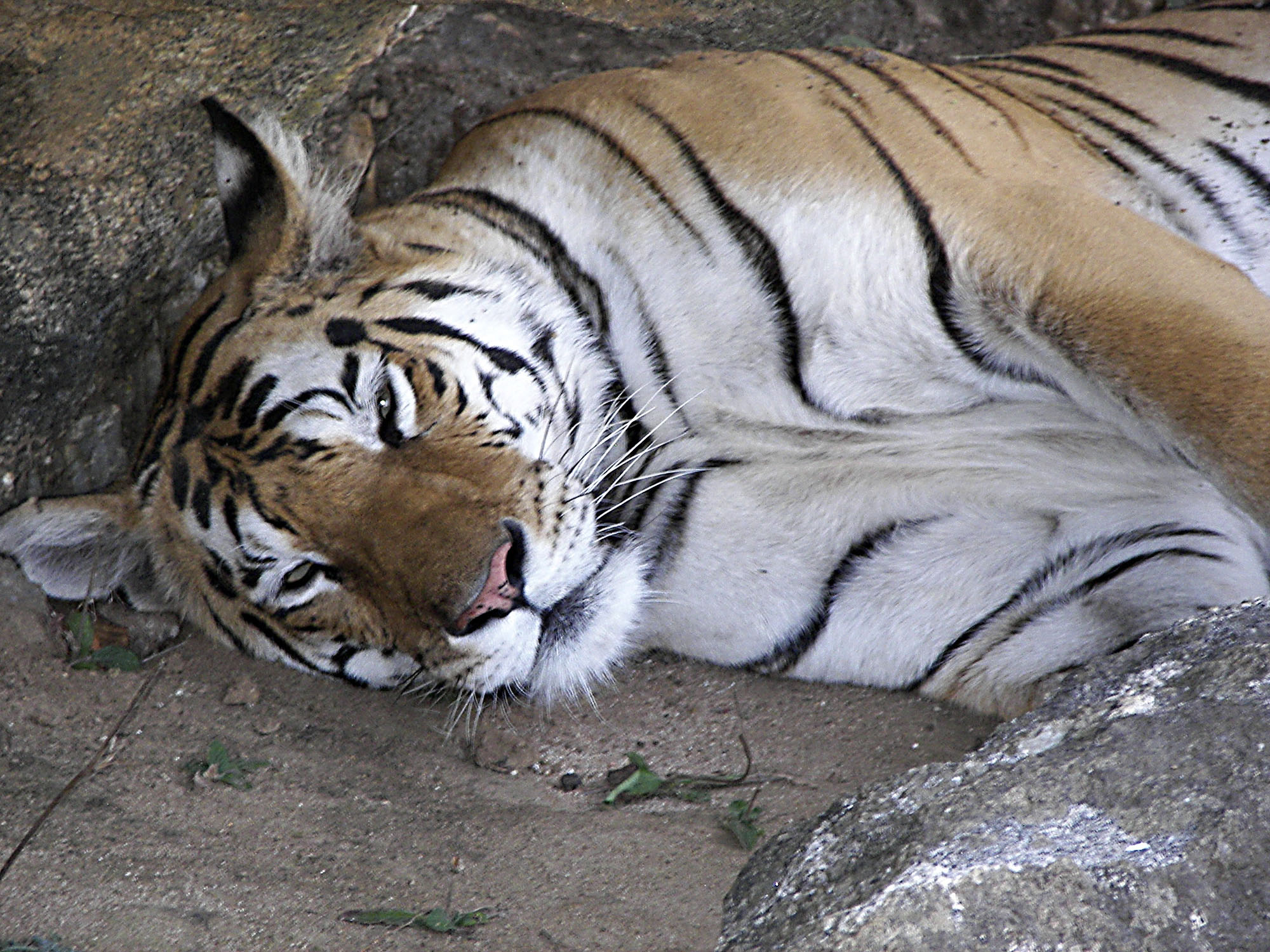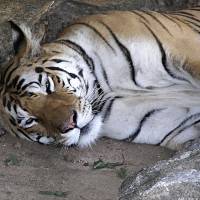About 120 million years ago, the supercontinent of Gondwana broke into a jigsaw puzzle of continents and isles in the Southern Hemisphere. One of those was a giant island forming what we now call India.
About 55 million years later, an asteroid, perhaps, or a comet, hit Earth, and the dinosaurs died out. Mammals seized the opportunity and began diversifying on the major continents. Occasionally, an individual might have crossed over to the Indian island by chance. But even then, two of a kind had to make the journey and then adapt and avoid extinction. This would have been a rare event.
In fact, there is no fossil evidence of ancestors of any of the large mammals we now associate with India — elephants, tigers, lions, primates — and that creates a great scientific mystery: How did India get its mammals?
The leading theory has been that after tectonic forces caused India to crash into Asia between 55 and 35 million years ago, the ancestors of these mammals walked in from Africa, Southeast Asia and northern Asia. Scientists are now studying India's smallest mammals — rats — to prove it.
For a month this summer, a group of graduate students fanned out across a grassy valley in northern India, baiting traps with peanut butter and oats. Each morning, the students examined the contents of the traps and found rats and voles inside.
They snipped off bits of the rodents' ears and recorded the size of their skulls, the length of their bodies and hind feet, their weight and other physical traits before releasing them. The students then climbed into the mountains to trap species of rodents that have evolved to survive at higher altitudes, and took their specimens to Uma Ramakrishnan, a scientist at the National Center for Biological Sciences in Bangalore.
Ramakrishnan realizes that rodents may seem an unusual choice to shed light on the origins of, say, the tiger or the leopard. But there are benefits to using rodents.
First, clipping the ear of a rat is far easier than handling a tiger. More important, rats do not travel great distances. In India's landscape, two groups of rats living on different mountaintops are unlikely to ever come into contact with each other and, over thousands of years, they may diverge into different species.
Ramakrishnan will mine DNA of the samples collected by the students to understand how the species are related to each other and compare them with rodent species from such nations as China, Thailand and Myanmar. These comparisons, and an analysis of DNA mutations, will reveal whether the Indian species are descendants of their Asian neighbors.
If they are, it would mean that rodents walked into India, out of Asia. And the genetic analysis will reveal when the rats first migrated. If rats walked into India following the collision with Asia, the theory goes, so probably did other mammals.
Not everyone buys this "out of Asia" theory, particularly when they consider mammalian evolution more broadly.
In contrast to the theory that the Indian Island was a blank slate for animals, some scientists have suggested that the Indian island was a Noah's ark. It carried the ancestors of plants, a certain type of placental mammals and insects from Gondwana to the Northern Hemisphere. After colliding with Asia, this precious cargo diversified into modern mammals and populated the world with horses, rhinos, tigers.
But no one has found fossil evidence of these ancient creatures on the subcontinent, said Kenneth Rose, a paleontologist at Johns Hopkins University.
By contrast, scientists have found thousands of fossils of early mammals in China and other parts of the Northern Hemisphere, and some of these date back 125 million years. This suggests that mammal ancestors most likely originated in Asia and moved into India.
After India's collision into Asia, there was a great influx of mammals into the Indian subcontinent and these spread out, occupying climates best suited to them and at times diversifying into new species.
Ramakrishnan would like to do genetic studies and reconstruct the species distribution of India's larger mammals, maybe even some carnivores. The surprise would be if genetic analysis of any of these species revealed a history so deep that it is tied to ancient Gondwana. That possibility is what drives her and paleontologists such as Rose to continue to probe for the origins of mammals in India.
"I'm fascinated by the modern groups and what they come out of and what made them successful," Rose said. "And especially their relation to the earliest members: How did they get their start? What were those earliest members like?"




















With your current subscription plan you can comment on stories. However, before writing your first comment, please create a display name in the Profile section of your subscriber account page.